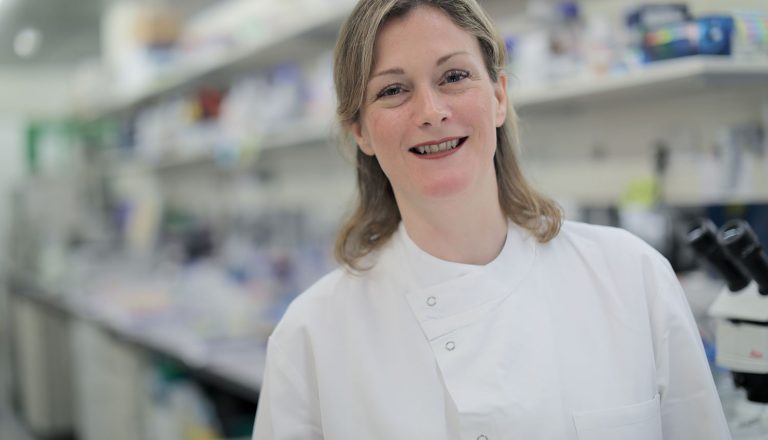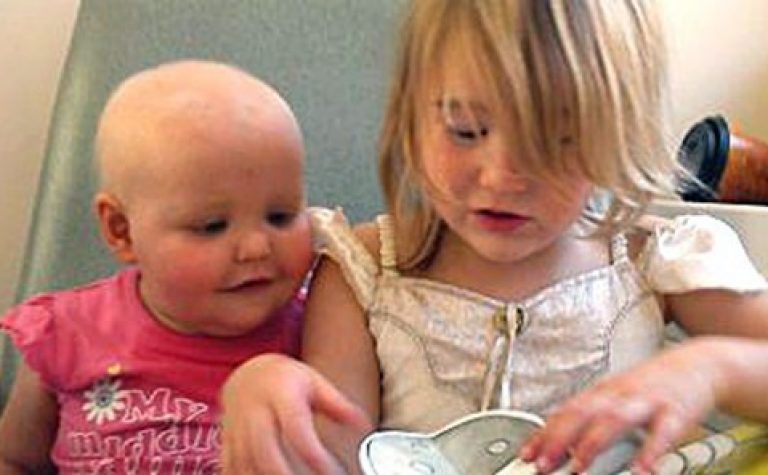The possible role of infections in childhood cancer has been much-studied.
Viruses are known to be implicated in some human cancers including:
- Burkitt lymphoma
- Hodgkin lymphoma and nasopharyngeal carcinoma (all associated with Epstein-Barr virus)
- liver carcinoma (hepatitis B) and;
- Kaposi sarcoma (HIV and HHV8).
These associations can only account for a tiny proportion of childhood cancer in western countries. There is a great deal of support for a role of infection in the development of childhood leukaemia.
Acute lymphoblastic leukaemia (ALL) has an incidence peak at 2-4 years of age, coinciding with the timing of common childhood infections such as measles. However, despite intensive research efforts, no specific leukaemia-causing virus has been identified in children. Two different theories suggest that rather than being the result of a specific leukaemia-causing virus, childhood leukaemia could be the result of an
abnormal response to a common infection.- The ‘delayed infection’ hypothesis suggests that a lack of exposure to infection early in life results in a poorly primed immune system which reacts inappropriately when the child is subsequently exposed to infection.
- The ‘population mixing’ hypothesis also suggests that leukaemia is a rare response to a common infection in susceptible children.
Case study: Sellafield
A cluster of cases of childhood leukaemia around the nuclear reprocessing plant of Sellafield in Cumbria in the 1980s caused speculation that the cluster must be related to radiation exposure. However, assessments showed that radiation doses were much too low to account for the cluster. The isolated village of Seascale, at the centre of the cluster, had seen a rapid influx of families. They were brought together from all over the UK to work at Sellafield, and undoubtedly bringing with them an influx of infections. This provided a basis for suggesting that some childhood leukaemia clusters might be an unusual outcome of a common infection arising in non-immune individuals following ‘population mixing’. Although extremely difficult to prove definitively, this theory has been borne out by studies of other leukaemia clusters.
PDF Download


